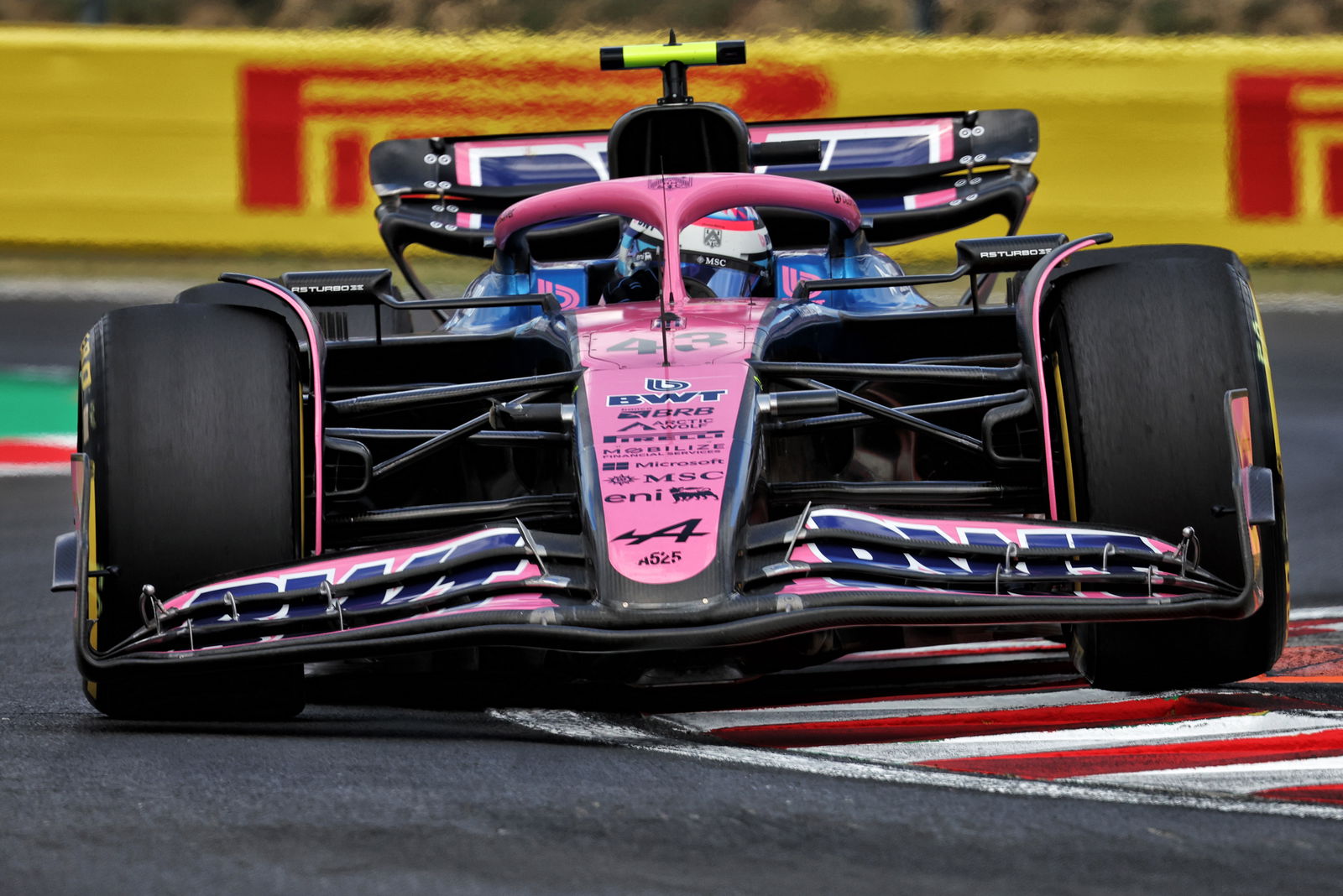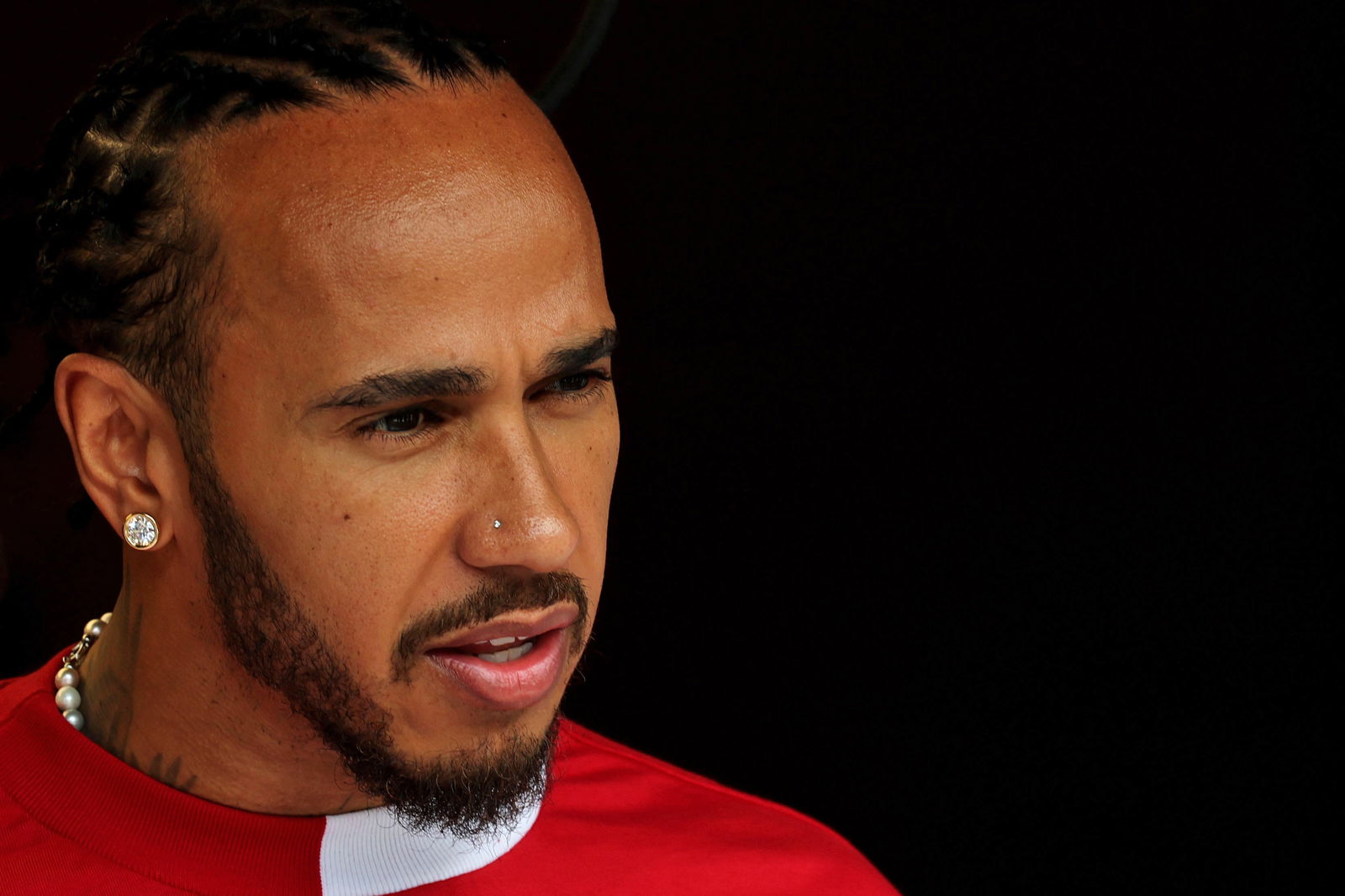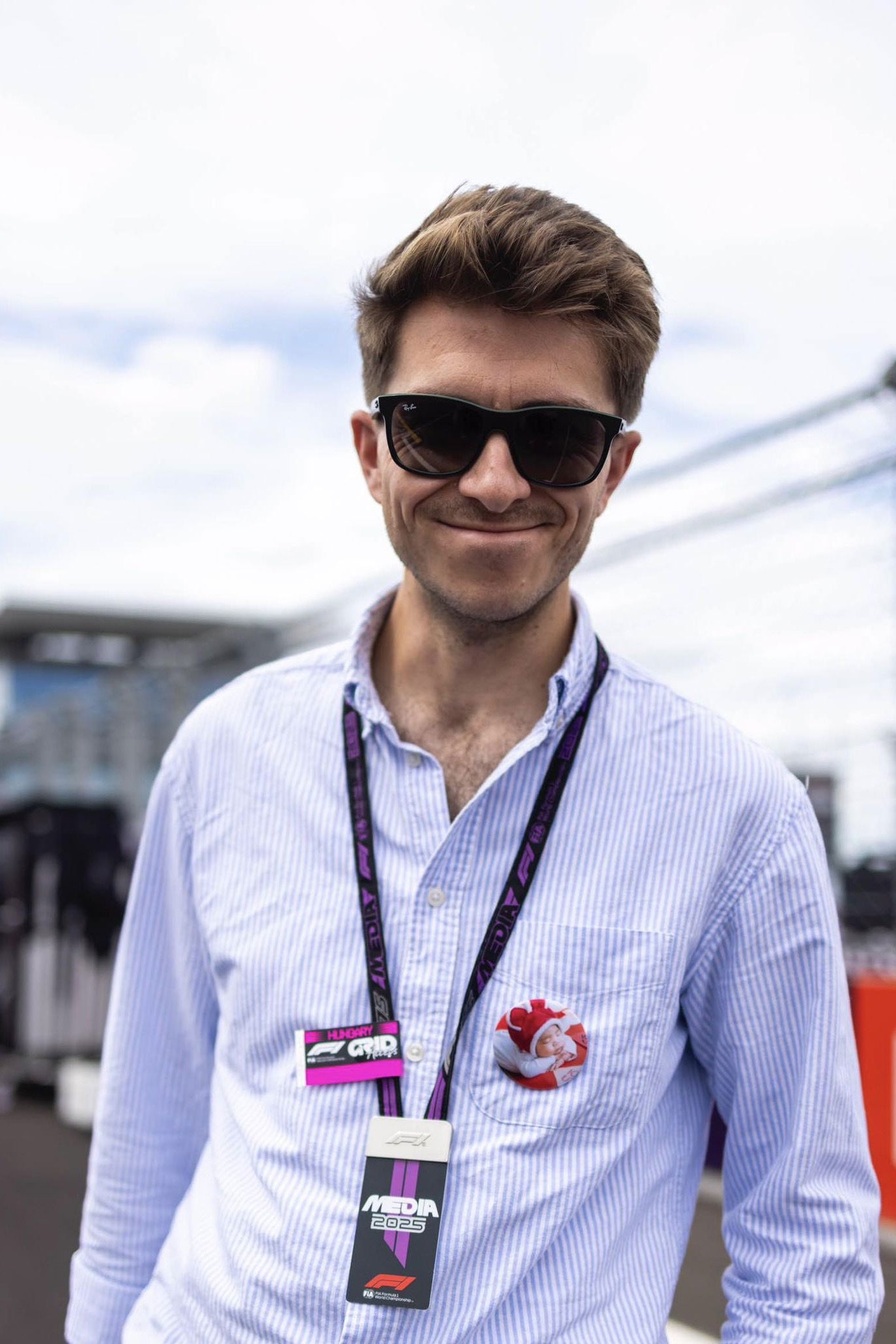Explained: What really happens during F1’s summer shutdown?
What are F1 teams allowed - and not allowed - to do during the summer shutdown?

Former strategy engineer Bernie Collins has shed light on what really happens during F1’s summer shutdown period.
Following the Hungarian Grand Prix, F1 has entered a three-week break before the second half of the season resumes with the Dutch Grand Prix at Zandvoort on 31 August.
This period of time is known as F1’s ‘summer shutdown’. But what really happens, how does it work, and what exactly are the teams allowed - and not allowed - to do during a rare lull from track action?
“We talk about about shutdown as thinking Budapest, end of the race, is shutdown but actually this week is still a working week for all of the teams,” Collins told the Sky Sports F1 podcast.
“The teams will all still be in their factories. Some of them taking holiday but this week is still a working week and actually a number of the teams are still in Budapest doing tyre tests. So not everyone is on holiday just yet.”
What isn’t allowed in F1 summer break
For a two-week period, F1 teams are strictly not allowed to carry out any work on their current car and project for the season.
During this time, team members will typically take holiday. F1’s governing body the FIA has the ability to monitor what teams are up to in order to prevent anything that contravenes the rules.
“Basically we enter the enforced two-week shutdown period,” Collins explains. “That is enforced by the FIA. They can monitor, or ask teams for proof of things, like email communication, how long a laptop is on, everything is trackable online now.
“Everything shuts down and we think of that as the technical side, anyone working on car design, car build, the wind tunnel for example, any CFD, the simulators.
“All of those things are not allowed to operate on a current F1 car or anything that can relate to the F1 project.”
What is allowed in F1 summer break
Some things, however, are still allowed. Teams can have people on site carrying out important tasks such as wind tunnel maintenance, or updating IT systems.
“So you can do things like maintenance of your wind tunnel. These two weeks you might have people in the wind tunnel doing any sort of routine maintenance that needs to happen to that wind tunnel,” Collins said.
“There are things that can happen but they are just not allowed to work on the F1 car. IT could still be there for example. Often over the shutdown there will be big upgrades to the IT systems. There’s a good mix.
“The thing I used to love about shutdown is you would turn your phone off on Friday, you would leave your computer at work and you would come back in two weeks and there would not be a single additional email, apart from maybe one from IT saying the system has been updated and none of your passwords work anymore.
“But there literally is just a pause where most officers where people work in, if you go away for two weeks you come back to 300 emails or whatever it is. The shutdown was really nice because there was no interaction like that. You didn’t feel like you’re missing out on anything. It just literally stopped and picked up again in two weeks time.”
When do teams return to work?
“So they’ll start work back the Monday before Zandvoort,” Collins added. “Some people that need to go out and build the equipment, build the garages or the trucks or motorhomes, they’ll start the Saturday or Sunday before Zandvoort. So that’s basically when the shutdown will end.”


